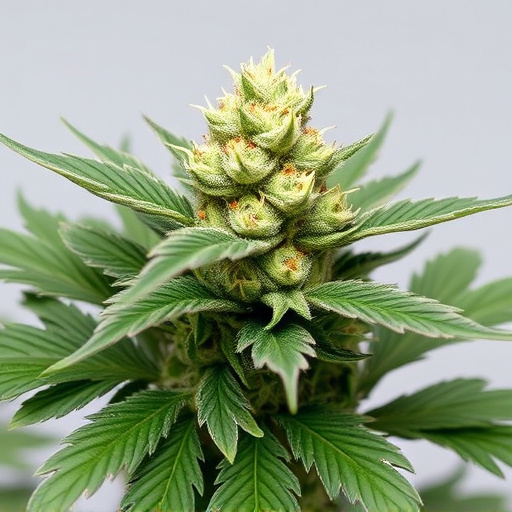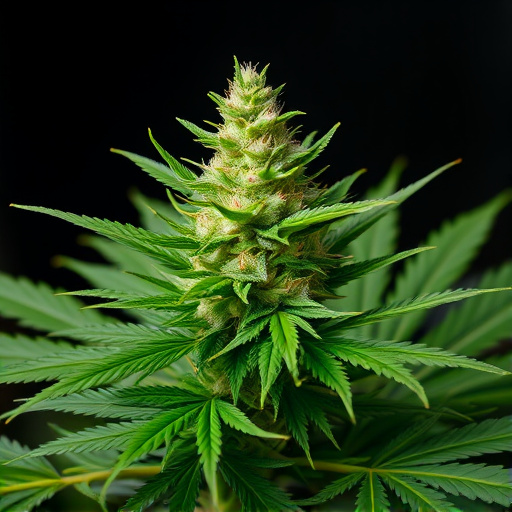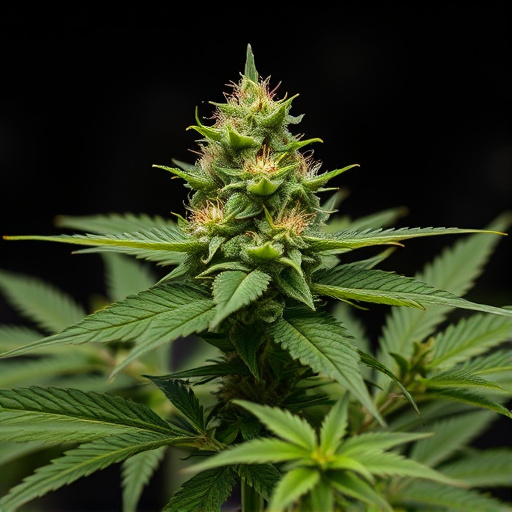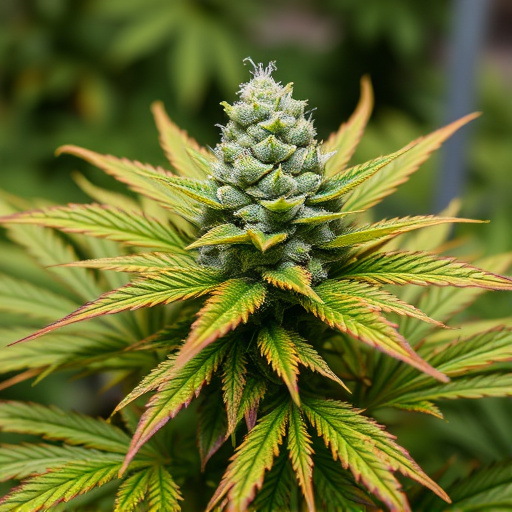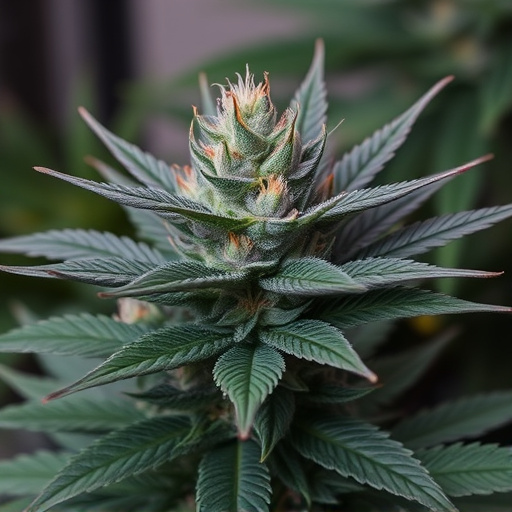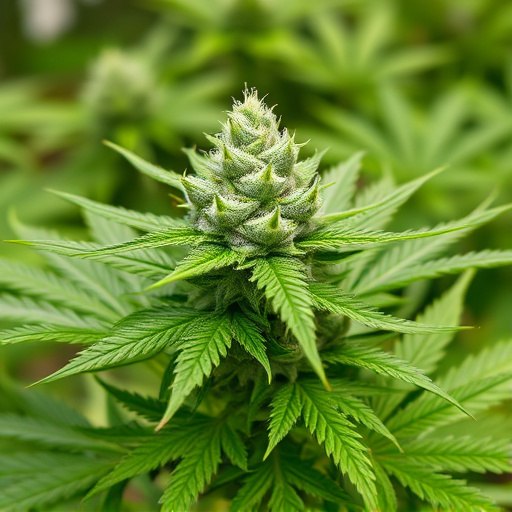Sativa cannabis strains have gained recognition as a potent natural remedy for pain management due to their unique composition of cannabinoids, particularly THC and CBD. These compounds interact with the endocannabinoid system, modulating pain signals and reducing inflammation. Sativa's high THC content provides stronger analgesic effects, while its terpene profiles promote relaxation and relieve bodily tension. Scientific research supports its effectiveness in treating neuropathic and chronic pain conditions, enhancing mood, and improving overall quality of life, making sativa cannabis strains a promising alternative or adjunctive treatment option for pain management.
Cannabis flower has gained attention as a potential aid for managing pain, offering a natural alternative to traditional medications. This article explores how cannabis, particularly its sativa strains, can provide relief through various cannabinoids. We’ll delve into the science behind its effects on the body’s endocannabinoid system and discuss why specific sativa strains are renowned for their ability to alleviate chronic pain, migraines, and inflammation. Understanding these components is crucial for navigating the world of cannabis therapy.
- Understanding Cannabis and its Effects on Pain Relief
- The Role of Sativa Cannabis Strains in Managing Pain
- Exploring Different Cannabinoids and Their Pain-Relieving Properties
Understanding Cannabis and its Effects on Pain Relief
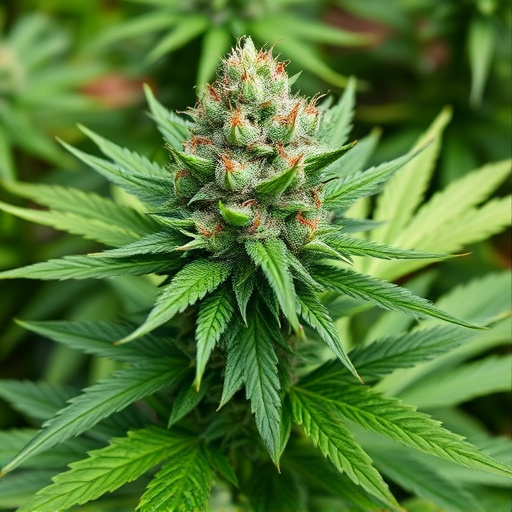
Cannabis has been used for centuries to manage pain, with modern science now backing up its effectiveness. At the heart of this is the plant’s ability to interact with our endocannabinoid system (ECS), which plays a key role in regulating pain perception and inflammation. When we consume cannabis, compounds like tetrahydrocannabinol (THC) and cannabidiol (CBD) bind to receptors in the ECS, modulating pain signals and reducing inflammation.
While both THC and CBD contribute to pain relief, sativa cannabis strains are particularly known for their high THC content, which can provide stronger analgesic effects. These strains often contain terpene profiles that enhance the overall experience by promoting relaxation and soothing tension in the body. Understanding the unique properties of different cannabis strains, like sativas, allows users to make informed choices when seeking natural pain management solutions.
The Role of Sativa Cannabis Strains in Managing Pain
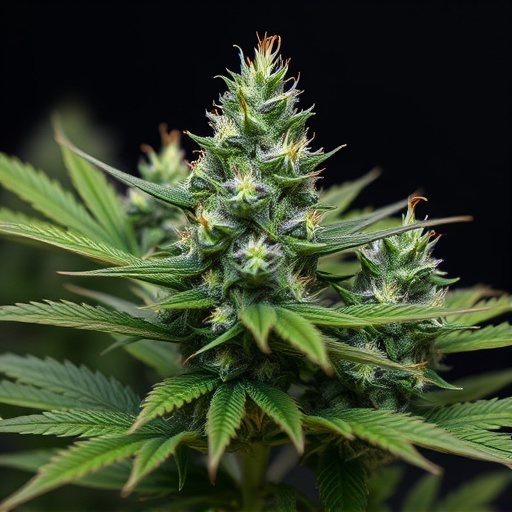
Sativa cannabis strains have gained recognition for their potential in managing pain, offering an alternative approach to traditional medicine. These strains are known for their uplifting and energizing effects, which can be beneficial for individuals dealing with chronic pain who may experience fatigue as a side effect. The active compounds in sativa plants, particularly THC (tetrahydrocannabinol) and CBD (cannabidiol), interact with the body’s endocannabinoid system to reduce pain perception.
Research suggests that specific sativa cannabis strains can provide significant relief for various types of pain, including neuropathic and chronic conditions. The invigorating properties of sativa may also help improve mood and motivation during pain management, enhancing overall quality of life for patients. Moreover, the anti-inflammatory nature of these strains contributes to their effectiveness in treating pain associated with inflammation.
Exploring Different Cannabinoids and Their Pain-Relieving Properties
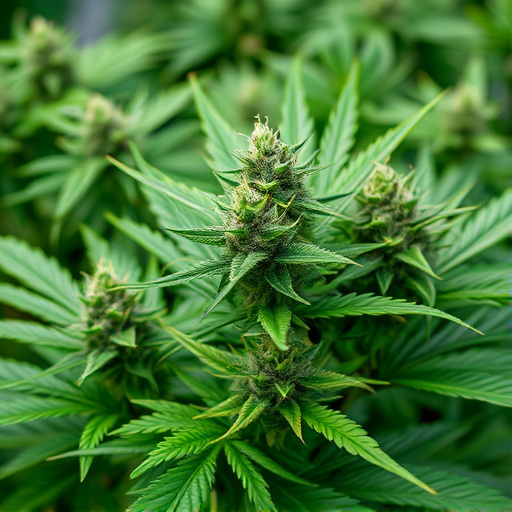
Cannabis flowers offer a range of therapeutic benefits, and one of the most notable is their ability to alleviate pain. This effect is primarily attributed to the diverse array of cannabinoids present in the plant. Cannabinoids are chemical compounds that interact with the body’s endocannabinoid system, playing a crucial role in regulating various physiological processes, including pain perception.
Among these cannabinoids, tetrahydrocannabinol (THC) and cannabidiol (CBD) have gained significant attention for their pain-relieving properties. THC, commonly associated with the psychoactive effects of cannabis, can stimulate certain receptors in the brain to reduce feelings of pain and inflammation. On the other hand, CBD, a non-psychoactive cannabinoid found in abundance in sativa cannabis strains, has shown promising results in mitigating chronic pain and nerve damage by interacting directly with the body’s natural pain pathways. These cannabinoids work synergistically to provide relief, making cannabis a potential alternative or adjunctive treatment for various types of pain.
Cannabis, with its diverse range of compounds, offers a promising natural alternative for managing pain. Specifically, sativa cannabis strains have shown potential in providing relief through their unique combination of cannabinoids. As research continues to explore these options, understanding the effects of different strains and their active ingredients can empower individuals to make informed decisions about their pain management. The evidence suggests that cannabis could be a game-changer in treating chronic conditions, offering a safe and effective approach to alleviating discomfort naturally.





